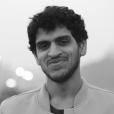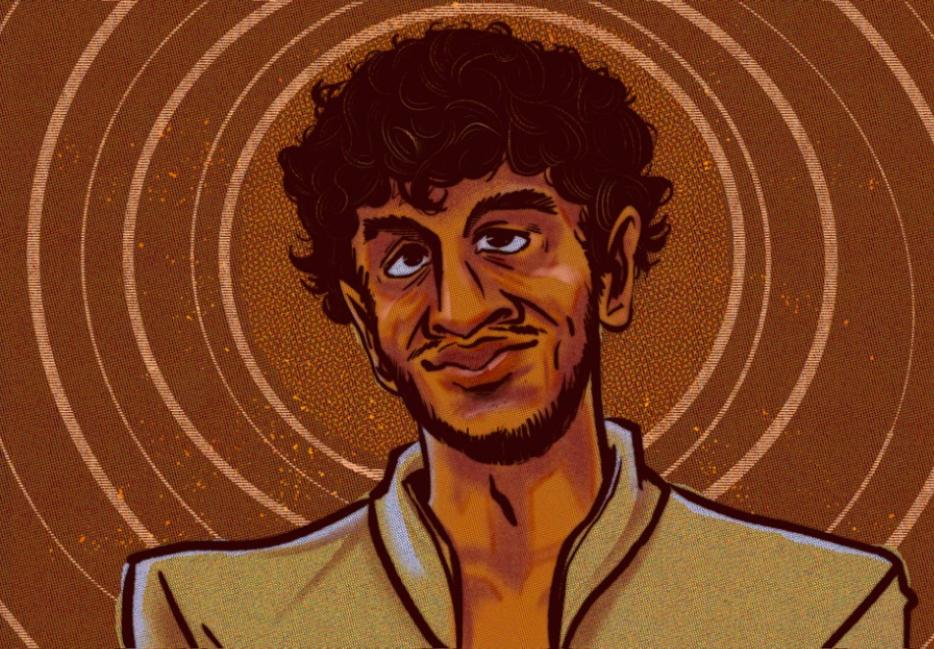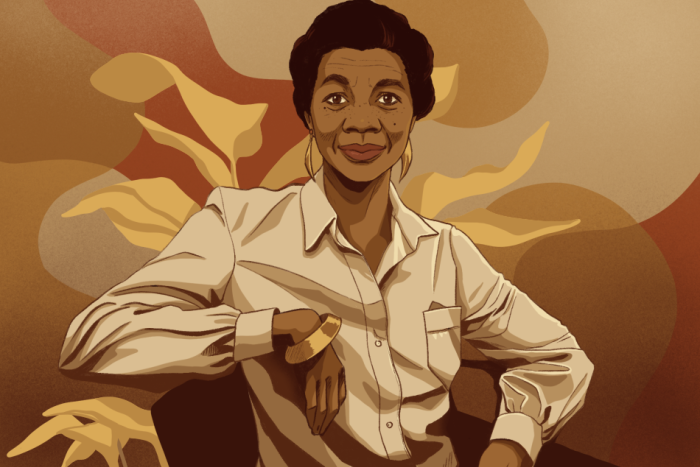Welcome to Wayward Watching, a column on the seen and unseen in film.
In a recent interview with the New York Times, the actor Robert Downey Jr. wondered if modern audiences could tell apart Sr., a documentary he produced for Netflix about his ailing father in 2022, as a work of art. To Downey Jr., the film was “so personal, but to everyone else it was a piece of content that they could have chosen to click on and watch.” This struck me as an admirably humble stance, at a time when so many of us can choose to spend an evening either streaming an episode of Love Is Blind or being transfixed by Agnès Varda’s Cléo from 5 to 7 (and if you’re feeling particularly slapdash, maybe watch both?). Downey Jr. might have spent much of the past decade acting in superhero flicks, but he certainly sounded more perceptive than the New Yorker critic, Richard Brody, who didn’t seem to mind championing a franchise movie last month. Responding to a Guardian article which suggested that Greta Gerwig transitioned slickly from making indie films to directing Barbie for Mattel, Brody tweeted, “Gerwig made Barbie with artistic freedom and personal vision that's not interstitial or subtle but boldly manifest from beginning to end; selling out isn't entering the business (which she did), it's doing other than one's best, for the sake of money (which she didn't do).”
Quite apart from his porous criteria for “selling out”—who is to say, for instance, that an influencer isn’t putting their best foot forward in a sponsored reel—Brody’s comment is indicative of a denial that seems to have set in about the way films get made and consumed now. Put on any random new movie on Netflix or TV, and chances are you are skimming through a smorgasbord of images that have either been artificially produced or are otherwise imperceptible to the naked eye off-screen. It isn’t just the pervasive CGI tricks, or the airbrushed close-ups, or the integrated product placements popping up midway through a scene: don’t discount the incessant bird’s-eye shots, the macroscopic focus on a single bead of sweat trickling down a character’s face. You can never quite spot your dinner date’s pores the way you can almost count them on Cillian Murphy’s nose in the closing shot of Oppenheimer. Nor do you walk into a room and scan its contents with the same agility as a high-definition surveillance camera fitted on the ceiling. Remember those viral drone videos early on during the pandemic, those hypnotic shots of empty streets and monuments in Paris, London, Bombay? Would you ever be on a plane allowed to fly this close to Buckingham Palace or Notre-Dame Cathedral at such a leisurely pace? What was unprecedented about those videos was not just the feeling of abandonment, but also, the angles.
Does it make much sense to talk about the artistic vision of contemporary filmmakers when the camera is no longer a proxy for the human eye? A week or so ago I watched a clip of Cillian Murphy and Christopher Nolan hanging out in a video store somewhere in Paris as part of the promotions for Oppenheimer. I couldn’t help laughing at one point when Nolan started bragging about shooting most scenes in the film with just a dolly to move the camera around. “No toys on this one,” Murphy chimed in. But the point is there is always a toy at hand—if not on a set, then at some other stage of the process. Hollywood studios have long been exploring ways to use AI to generate plausible screenplays. In light of the ongoing strike by the Screen Actors’ Guild, multiple performers have expressed fears that manipulative clauses in their contracts might allow companies to pay them once and deploy pattern recognition tools to replicate their voices and bodies ad infinitum. And let’s not even get into the algorithms and streaming black holes where a finished film is likely to end up and die. Indeed, Nolan’s implication that using an old-fashioned dolly or a pair of shoulders to move the camera around rendered his method untainted in some way is preposterous. It reminded me of those perpetually online Indian granddads who forward messages all day on WhatsApp about the supremacy of Hindu civilization, but expect their grandchildren to make do with a landline until they turn eighteen, so the kids can apparently learn to live in the “real world.”
I’ve always thought of style in cinema as something that emerges out of constraints, both on and away from a set. Think of Vittorio De Sica in Bicycle Thieves, casting a factory worker as his lead because he wanted actors whose off-screen lives mirrored his characters’ predicaments. Or Agnès Varda’s Cléo from 5 to 7, shooting in real time for ninety minutes around the Left Bank in Paris, because she wanted her protagonist to discover anew “the strange colours of the first day of summer, where life becomes a possibility.” Today we’d probably have a professional actor strenuously “researching” the situation in post-war Rome to play an unemployed father in Bicycle Thieves. And Varda would be assured by her producers and crew that the first day of a French summer can be recreated in the editing suite. Style often allowed a filmmaker to set a mood in an allusive way. While shooting The River in Bengal, Jean Renoir didn’t resort to sensory excess, but instead felt that subtle adjustments like puncturing a scene inside a room with stray sounds from the street could powerfully evoke the sense of being in India. “You don’t have to show many things in a film, but you have to be very careful to show only the right things”: this was Renoir in 1949, counselling a young twentysomething named Satyajit Ray, who was working in advertising around that time. Modern directors, in contrast, work hard to get the lingua franca of a foreign locale right, and would consider it a waste of resources to not show many things at once. But their idea of visual accuracy is a vestige of naturalism. The impulse to be judicious with images seems beside the point when cameras are everywhere.






